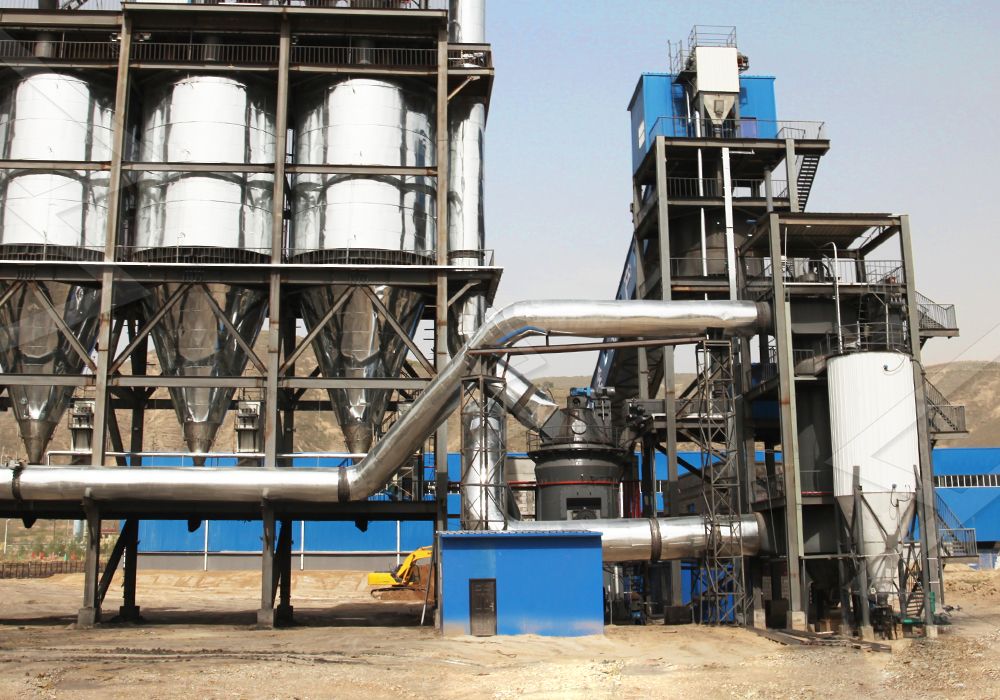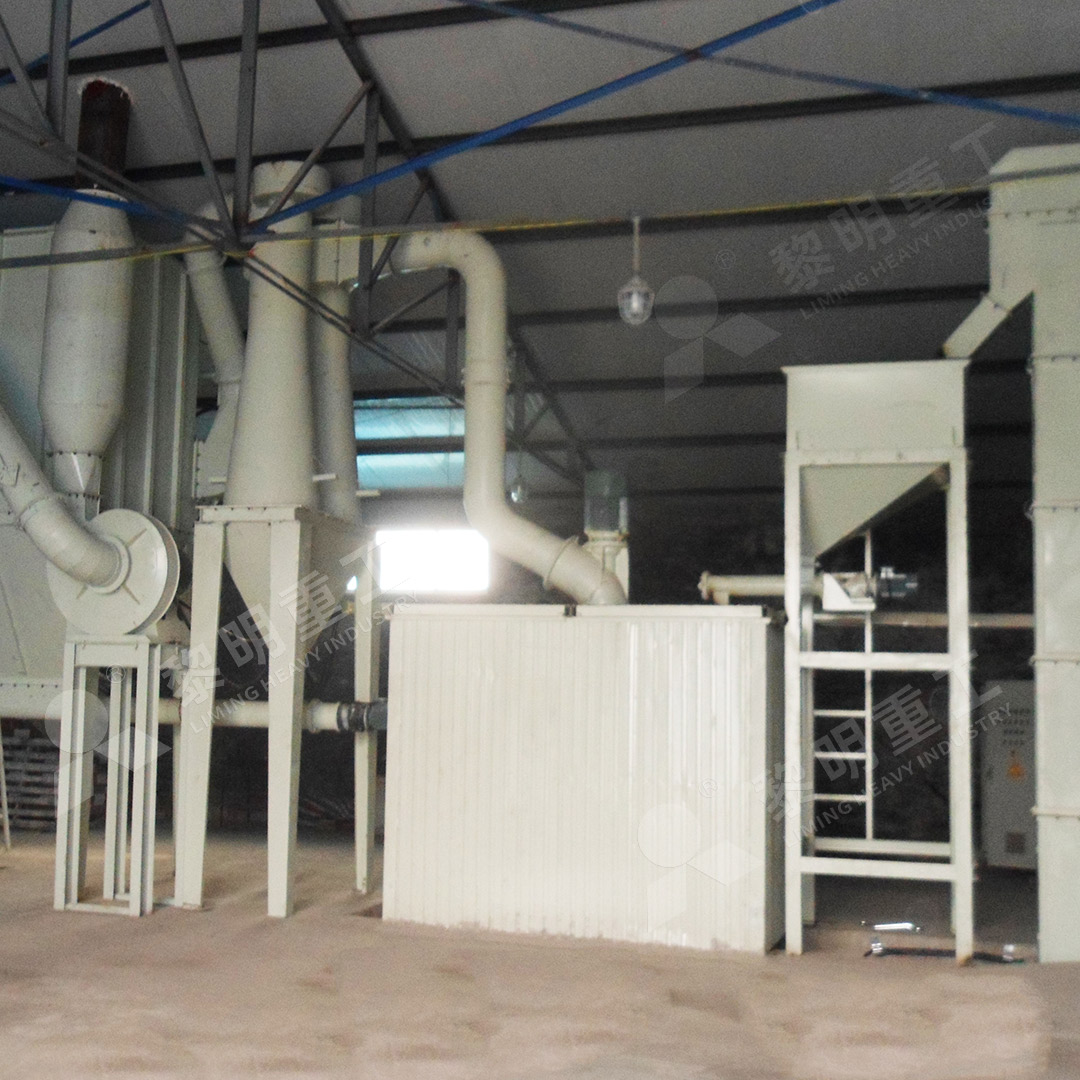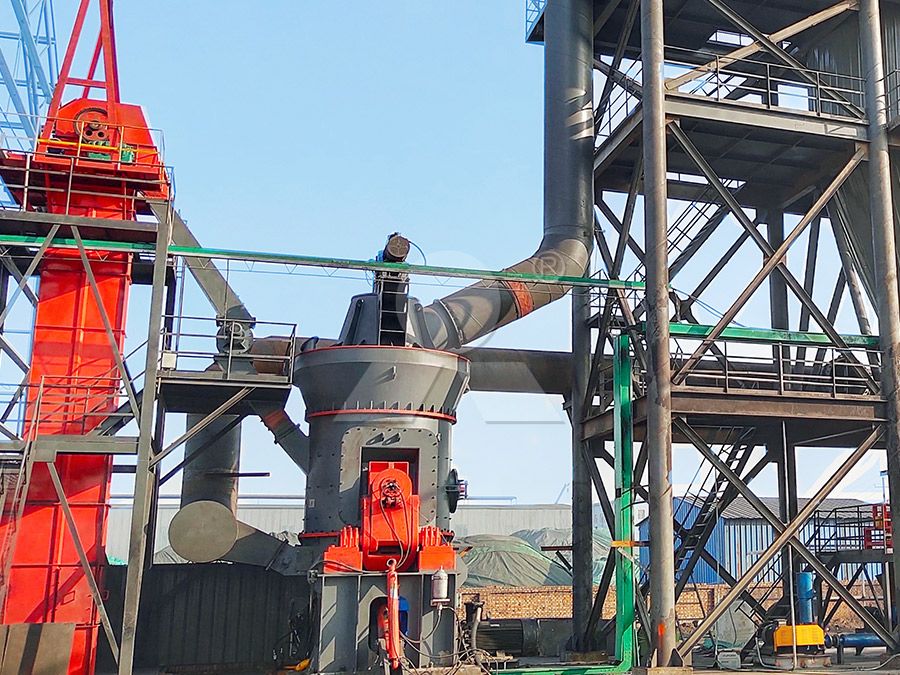Steel Slag and Blast Furnace Slag Grinding Mill for Industrial Mineral Powder Production
Transforming Industrial Byproducts into Valuable Resources
The mineral processing industry faces increasing pressure to develop sustainable solutions for industrial byproducts like steel slag and blast furnace slag. These materials, once considered waste, now represent significant opportunities for value creation when processed into high-quality industrial mineral powders. The key to unlocking this potential lies in advanced grinding technology capable of handling these challenging materials efficiently.

The Challenge of Slag Grinding
Steel slag and blast furnace slag present unique grinding challenges due to their abrasive nature and variable composition. Traditional grinding mills often struggle with these materials, resulting in excessive wear, high energy consumption, and inconsistent product quality. The ideal solution must combine robust construction with precise particle size control and energy efficiency.
Industrial mineral powders derived from slag find applications across multiple sectors, including cement production, construction materials, soil stabilization, and agricultural supplements. The quality requirements vary by application, but consistently fine particle size distribution and controlled chemical composition remain critical factors.
Advanced Grinding Solutions
Modern grinding technology has evolved significantly to address the specific needs of slag processing. Among the most effective solutions is the MW Ultrafine Grinding Mill, which represents a breakthrough in processing efficiency. This equipment handles input sizes up to 20 mm with capacities ranging from 0.5 to 25 tons per hour, making it suitable for various production scales.
The MW Ultrafine Grinding Mill incorporates several innovative features that make it particularly well-suited for slag applications. Its newly designed grinding curves for rollers and rings enhance grinding efficiency, achieving production capacity 40% higher than jet grinding mills and twice that of ball grinding mills with the same power consumption. The system energy consumption is remarkably only 30% of comparable jet grinding mills.

Key Technical Advantages
For operations processing steel slag and blast furnace slag, the MW Ultrafine Grinding Mill offers distinct advantages. The adjustable fineness between 325-2500 meshes allows producers to tailor their output to specific market requirements. The German-designed cage-type powder selector ensures precise separation, achieving screening rates of d97≤5μm in a single pass.
The mill’s construction eliminates rolling bearings and screws within the grinding chamber, addressing common failure points in traditional designs. This feature is particularly valuable when processing abrasive materials like slag, where contamination from worn components can compromise product quality. The external lubrication system enables continuous 24-hour operation without shutdowns for maintenance.
Environmental Considerations
Environmental compliance is non-negotiable in modern mineral processing. The MW Ultrafine Grinding Mill integrates efficient pulse dust collection and noise reduction technologies, ensuring operations meet stringent environmental standards. The complete milling system generates no dust pollution, while configured silencers and noise elimination rooms maintain acceptable noise levels.
For operations requiring vertical grinding solutions, the LUM Ultrafine Vertical Grinding Mill offers complementary capabilities. With input sizes up to 10 mm and capacities of 5-18 tph, this mill integrates the latest Taiwanese grinding roller technology with German powder separating technology. Its unique roller shell and lining plate grinding curve design prevents materials’ long lingering time and repeated grinding issues common in traditional mills.

Operational Efficiency
Both the MW and LUM grinding mills incorporate digitalized processing with numerically controlled operations for cutting, bending, planing, milling, and paint spraying. This precision manufacturing ensures high machining accuracy, particularly for core components that determine long-term performance and reliability.
The comprehensive support system, including sufficient spare parts supply and technical services, ensures worry-free operation. This is crucial for continuous processing operations where unexpected downtime can significantly impact production schedules and profitability.
Frequently Asked Questions
What makes slag grinding different from other mineral processing applications?
Slag materials are typically more abrasive and variable in composition than natural minerals, requiring more robust equipment designs and specialized wear protection. The grinding process must also account for the material’s tendency to harden when exposed to moisture.
How does the MW Ultrafine Grinding Mill achieve higher efficiency with lower energy consumption?
The mill incorporates optimized grinding curves, advanced powder selection technology, and an efficient drive system that reduces energy losses. The design minimizes material recirculation and focuses grinding energy where it’s most effective.
What particle size ranges can be achieved with modern slag grinding mills?
Advanced mills like the MW series can produce powders ranging from 325 to 2500 meshes, with the capability to achieve d97≤5μm particle sizes in a single processing stage.
How do these grinding systems address environmental concerns?
Integrated dust collection systems, noise reduction technology, and efficient energy use make modern grinding mills environmentally responsible. The closed-system designs prevent material loss and contamination.
What maintenance considerations are specific to slag grinding operations?
The abrasive nature of slag requires attention to wear parts, but modern designs like the MW mill position critical components outside the grinding chamber for easier access and reduced contamination risk.
